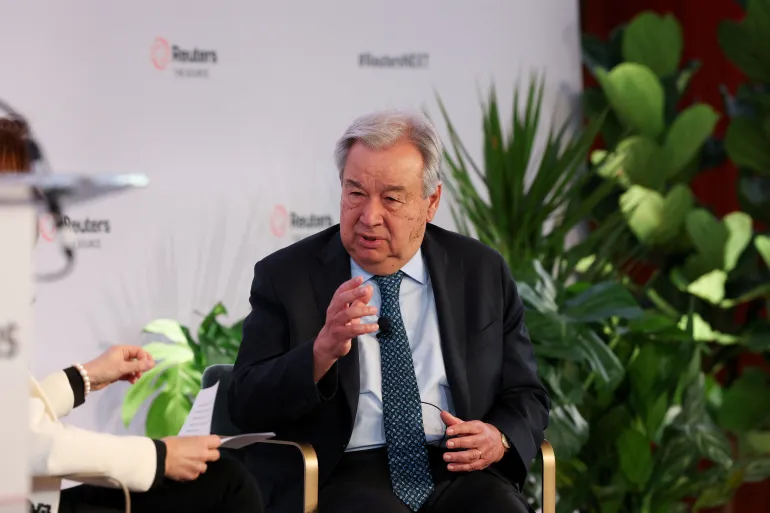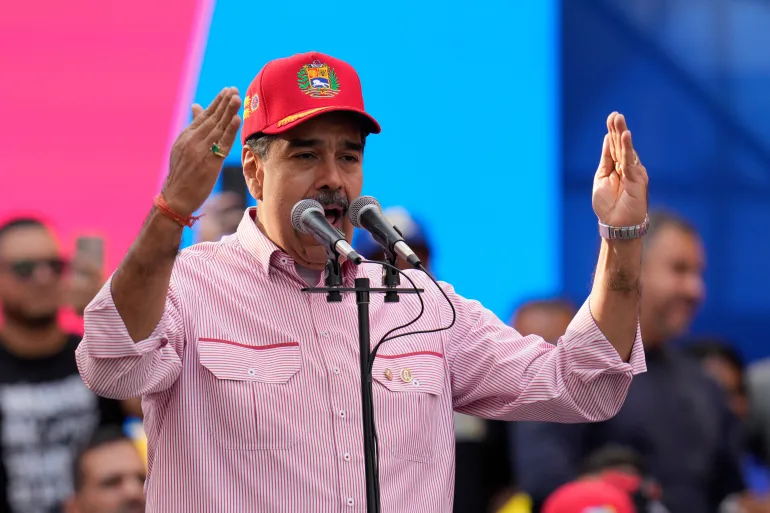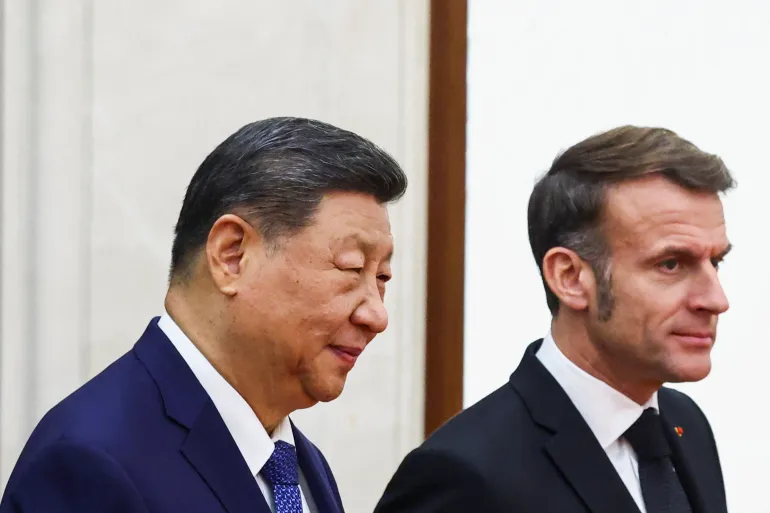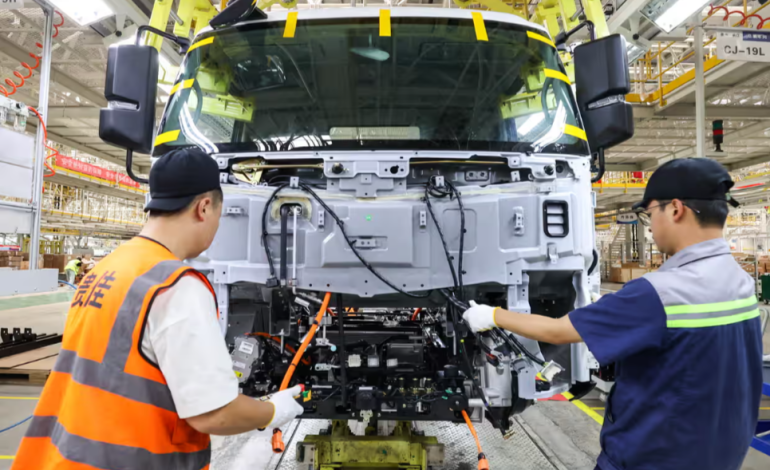China’s economy grew by 5.2% in the second quarter of 2025, slightly above expectations, and demonstrated resilience despite ongoing trade tensions with the US.
The figure, released by the National Bureau of Statistics on Tuesday, marks a modest slowdown from the first quarter growth of 5.4% but remains above the anticipated 5.1%.
The stronger-than-expected performance was largely supported by a strategy of “front-loading” exports—businesses rushed to ship goods ahead of potential new US tariffs initiated by President Donald Trump. Manufacturing and high-tech production, including electric vehicles and industrial robotics, showed notable growth.
On a quarterly basis, China’s gross domestic product rose by 1.1% from April to June, compared to a 1.2% increase in the first three months of the year.
Despite the solid headline numbers, analysts warn of growing uncertainty for the remainder of 2025. With the August 12 deadline looming to renew a fragile trade truce, concerns are mounting that higher bilateral tariffs could return, affecting exports and investor confidence. Tariffs as high as 145% on Chinese goods had previously been imposed by the US, with China responding in kind before a temporary agreement was reached in May.
“Despite a strong first half, the outlook is set to sour in the second half as export front-loading fades and the impact of US tariffs becomes more visible,” said Wei Yao, chief economist at Société Générale.
Other challenges persist. Consumer confidence remains weak, retail sales slowed to 4.8% in June, and property prices continued to decline—adding to pressure on the government’s annual growth target of around 5%. A 0.1% decline in consumer prices in the first half of the year signals persistent deflationary risks, further compounded by an aging population and reduced household income.
Economists like Zichun Huang of Capital Economics suggest the real pace of expansion may be overstated, projecting actual growth closer to 3.5% for the full year.
“The economic outlook for the rest of the year remains challenging,” Huang noted.
Nonetheless, Beijing has already taken steps to support the economy, including interest rate cuts, increased infrastructure spending, and expanded consumer subsidies. Investors are awaiting the outcome of the upcoming politburo meeting in late July, where additional stimulus measures may be considered.
For now, China remains on track to meet its growth target. But whether that momentum can be sustained amid external trade risks and internal structural issues remains a key question. As ING’s chief economist for Greater China, Lynn Song, put it:
“The first half was better than expected—but the second half is where the real test begins.”
With input from the Associated Press, BBC, the Guardian, and Al Jazeera.










The latest news in your social feeds
Subscribe to our social media platforms to stay tuned